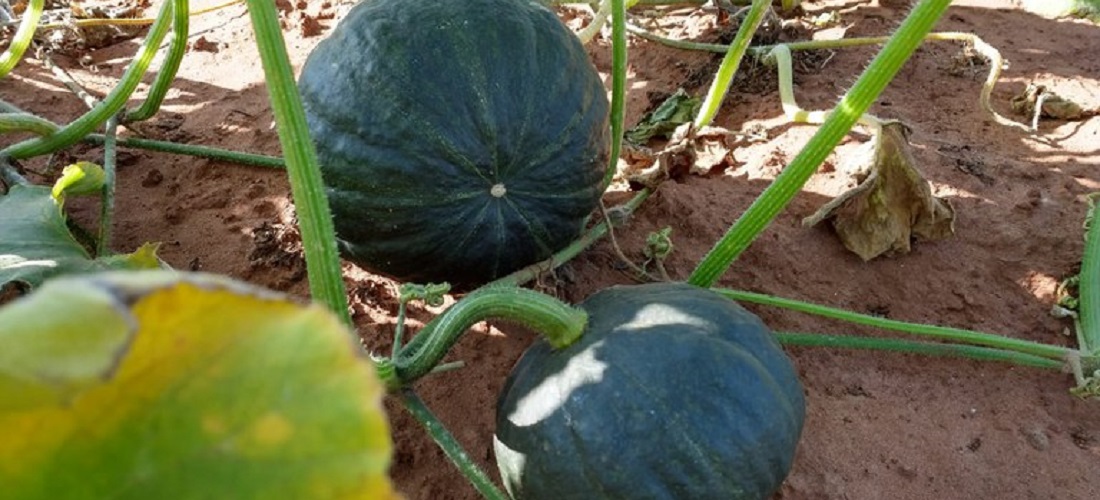
São Paulo farmers to export kabocha squash under new export rules to Argentina
Aug, 10, 2022 Posted by Gabriel MalheirosWeek 202233
Farmers near Presidente Prudente, in the westernmost region of São Paulo, will begin the harvest of kabocha squash in August, both for domestic consumption and international sales. However, the yields of this crop can only be exported to Argentina under new rules signed by Brazil’s Ministry of Agriculture with its neighboring country.
The alteration mainly affects the certification of these commodities, previously given during harvest on a rural property. These squashes, as well as other cucurbits (melon, cucumber, watermelon, and so on), will now be certified in customs zones where the International Agricultural Surveillance (Vigiagro) works.
The rule adjustment is part of a work plan concerning exports of squash produced in Brazil to Argentina under the Risk Mitigation System (SMR) of the Anastrepha grandis, known as the South American cucurbit fly. Although the occurrence of this fly is minor in Brazil, it has a status of quarantine importance in the adjacent countries. In other words, it is an uncontrolled pest that can cause significant economic impacts on production.
For these Brazilian products to enter Argentina, the agricultural defense services responsible for some municipalities in São Paulo, Bahia, Goiás, Minas Gerais, Paraná, and Rio Grande do Sul must change operational procedures and phytosanitary measures according to the new work plan.
Last year, production under the Risk Mitigation System (SMR) in the state of São Paulo was approximately 4,212 tonnes of kabocha squash and 600 tonnes of watermelon.
-
Ports and Terminals
Mar, 10, 2021
0
Port of Imbituba prepares to receive soybean crop
-
Shipping
Sep, 16, 2024
0
Guohang Ocean Shipping receives its first methanol-adapted dual-fuel bulker
-
Economy
Jun, 10, 2024
0
Flood-stricken state reports largest drop in imports among Brazilian states
-
Shipping
Sep, 09, 2021
0
LNG-powered VLCC begins sea testing

